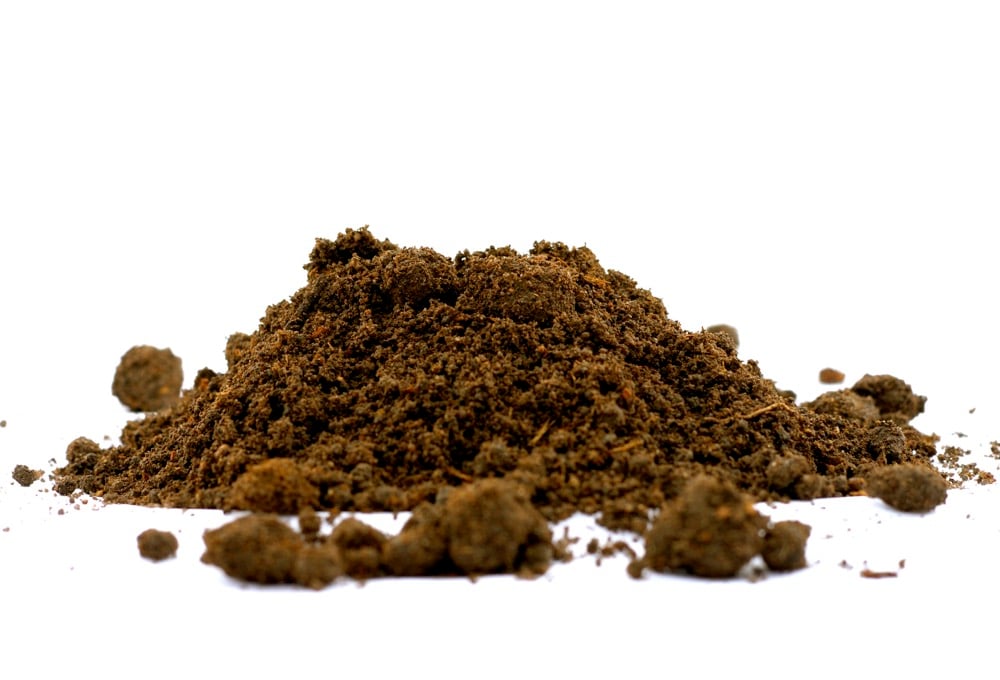Opinion: Does soil health pay the bills?

Glacier FarmMedia – Farmers are under tremendous pressure these days to factor soil health into their management decisions.
Read Also


Entomologist says insects are cool. Why we should care
Insects comprise the vast majority of animal life on earth. They are also a foundation of every terrestrial and freshwater…
While there are lots of opinions about the benefits of healthy soils to the environment and society in general, it’s not always clear what’s in it for the farmer.
Building soil health, often referred to as regenerative agriculture, is touted as a way for farmers to support biodiversity, store more carbon, improve water quality and mitigate climate change.
Doing all that should improve the farm’s resilience through better productivity and that should lead to more profitability — at least in theory. But by how much and how long that takes has been difficult to quantify.
The ever-evolving body of research around this sometimes raises more questions than it answers.
A four-year study by Agriculture and Agri-Food Canada and the Beef Cattle Research Council delved into whether soil health can be improved by adding annual forage crops and livestock into a field’s crop rotation, rather than having it seeded to grain or oilseed every year.
One of the key tenets of regenerative agriculture is integrating livestock back into farming systems because of the role they play in recycling nutrients. The other principles are to minimize soil disturbance, maximize crop diversity, encourage living roots to anchor the soil and feed microorganisms all year round, and keeping the soil covered.
While adding a mixed “cover crop” of cereals, brassicas and legume forages to the rotation resulted in improvements to the soil’s biology, the results didn’t support the hypothesis that putting grazers on the cropland would also benefit the soil.
Were conditions too dry? Was four years long enough? Were they measuring the right things? On the other side of the equation, however, the availability of that annual forage during a droughty period would have undoubtedly contributed to the cattle’s profitability.
The U.S.-based non-profit Soil Health Institute shed some new light on soil health profitability recently when it released the results from a study financed by cereal giant General Mills. It analyzed the effects of incorporating soil-building practices on grain and oilseed farms in the U.S. and Canada.
The sample size was small. Only 15 farmers from Ontario, Manitoba, Saskatchewan, Kansas and North Dakota were included in this first phase.
Nevertheless, clear patterns surfaced, despite the wide geographical distribution and varied nature of the farms included.
Researchers specifically looked at how adopting zero tillage and incorporating cover crops into the management system changed the farm’s profitability. On average, these farmers had used zero till for 15 years and cover cropping for more than 11 years. Their adoption of both practices is well above the average adoption rate across the U.S. and Canada.
The Soil Health Institute’s Ann Marie Calabro told a webinar the fact that these farmers have continued to use these practices is an indicator that they are seeing benefits. Their detailed budget analysis put some hard numbers behind that.
The results varied widely from farm to farm. Few of the farmers reported increased yields yet all farms saw improved profitability. The most tangible profitability gains came in the form of reduced operating and capital costs.
The U.S. farmers in the study saw their net farm income increase by a range of US$7 to US$143 per acre for an overall average of US$55 per acre. The Canadian farmers’ net income increased by an average of US$37 per acre based on their gains from using these techniques in their crops and grazing operations.
The farmers reported multiple other benefits from managing to improve soil health, such as lower equipment and maintenance costs. Anything that reduces expenses also reduces risk.
The farmers reported spending more on seed to sow cover crops, but they spent less on fertilizer, pesticides and fuel. They were also tracking small increases in soil organic matter in their soils, which is associated with better nutrient availability and water-holding capacity.
What makes work such as this valuable is that it validates the management decisions farmers make on their farm, often in isolation. Change is risky. It helps to know that the long-term benefits outweigh the short-term costs.
Source: Farmtario.com

